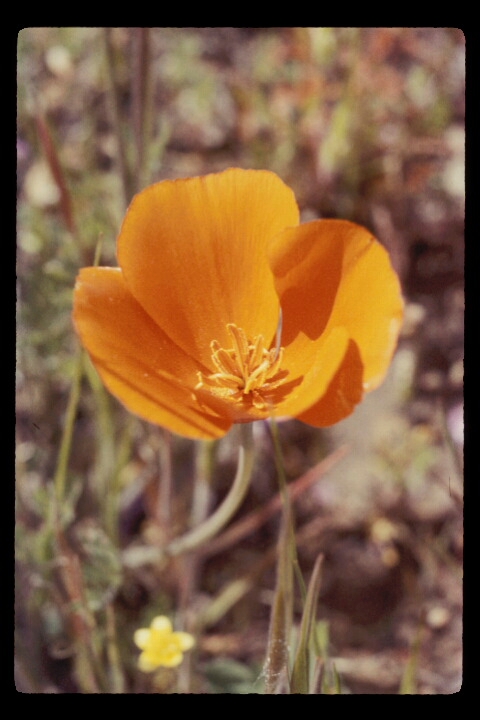Going Native During a Drought
By Steve McDermott UCCE Master Gardener
Many of my plants have died or look dreary after the hot summer and drought. What suggestions do you have to make my garden look better? Harper, Cambria
Our county received a triple whammy this year. The temperatures were record breaking. It was 103 in Los Osos this May! We're in the third year of a statewide drought. Water has been rationed. Folks in Cambria are not able to water their gardens. It's no wonder that plants are weakened and some plants have even died.
History shows that California goes through cycles of drought from time to time. Despite some expectations that we may have rain this winter, it's a good time to rethink your garden. Start by replacing your ailing or dead plants with plants that can survive our water shortages, including cyclical droughts.
Which plants will remain healthy after years of California droughts? California natives. Native plants have evolved with, survived and thrived through our unique California weather; relatively small amounts of winter rain followed by six months or more of dry heat. Non-native plants often require lots of water to ease their struggle during droughts, while California natives have adaptive features that enable them to remain viable. Features such as leaf color, leaf orientation to the sun and leaf trichomes (or hairs) prevent excess moisture loss during long dry California summers. Native plants are also well adapted to regional soils and therefore, do not typically rebel in response to a soil's shortcomings. In short, natives require less water and fertilizer than plants native to other regions. Additionally, our local birds and pollinators have evolved with these plants. By planting certain natives, you're planting natural attractants!
Fall is a good time to plant. Why? Cooler temperatures and the impending rains help the plants get established before the long dry summer ahead. Once planted, all plants do require regular watering for the first year to allow the root system to become established. Once established in the right place, they should get by with little to no water during subsequent years, even during times of drought.
Do you love to garden and would like to share gardening knowledge with the public, you might just be a Master Gardener in the making. The Master Gardener Program is currently accepting applications through Friday November 14th. Applications are available online at http://ucanr.edu/sites/mgslo/Master_Gardener_Training_Program/.
